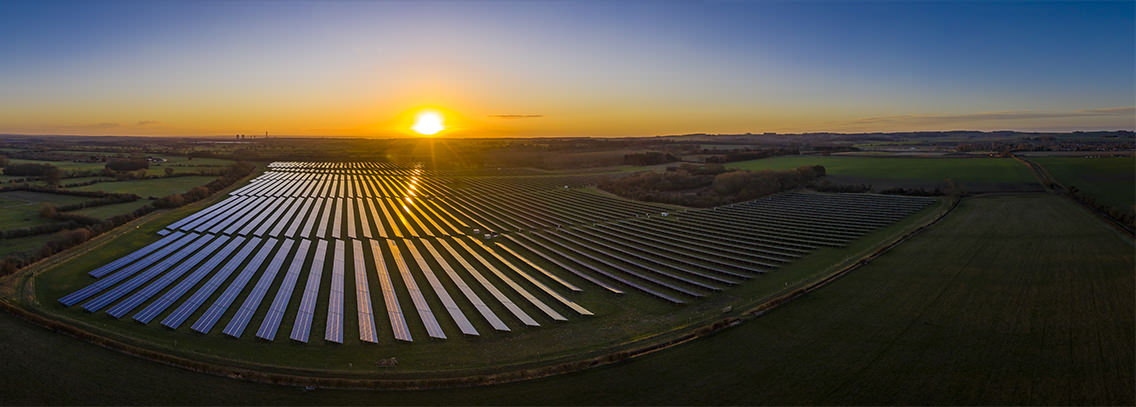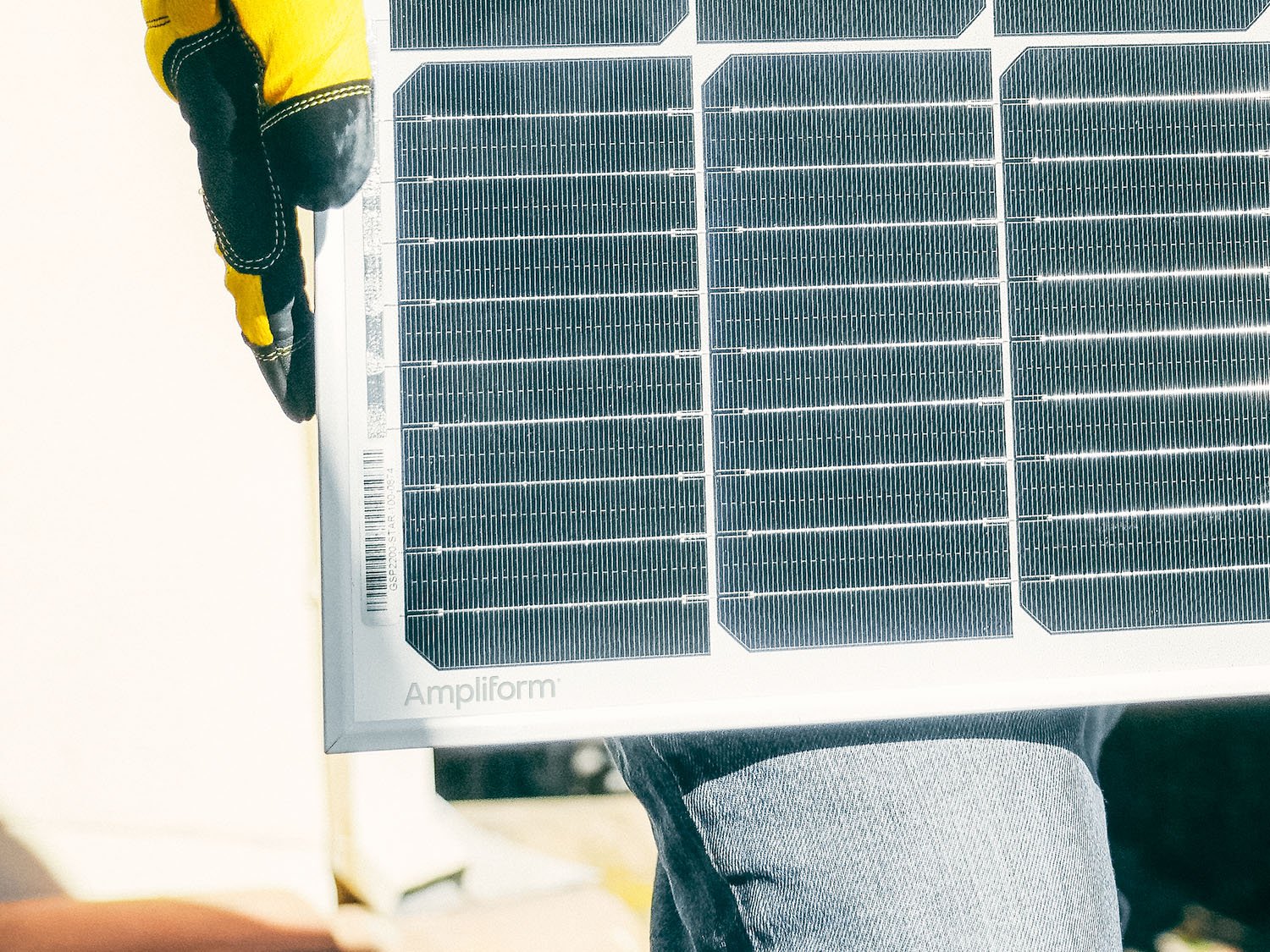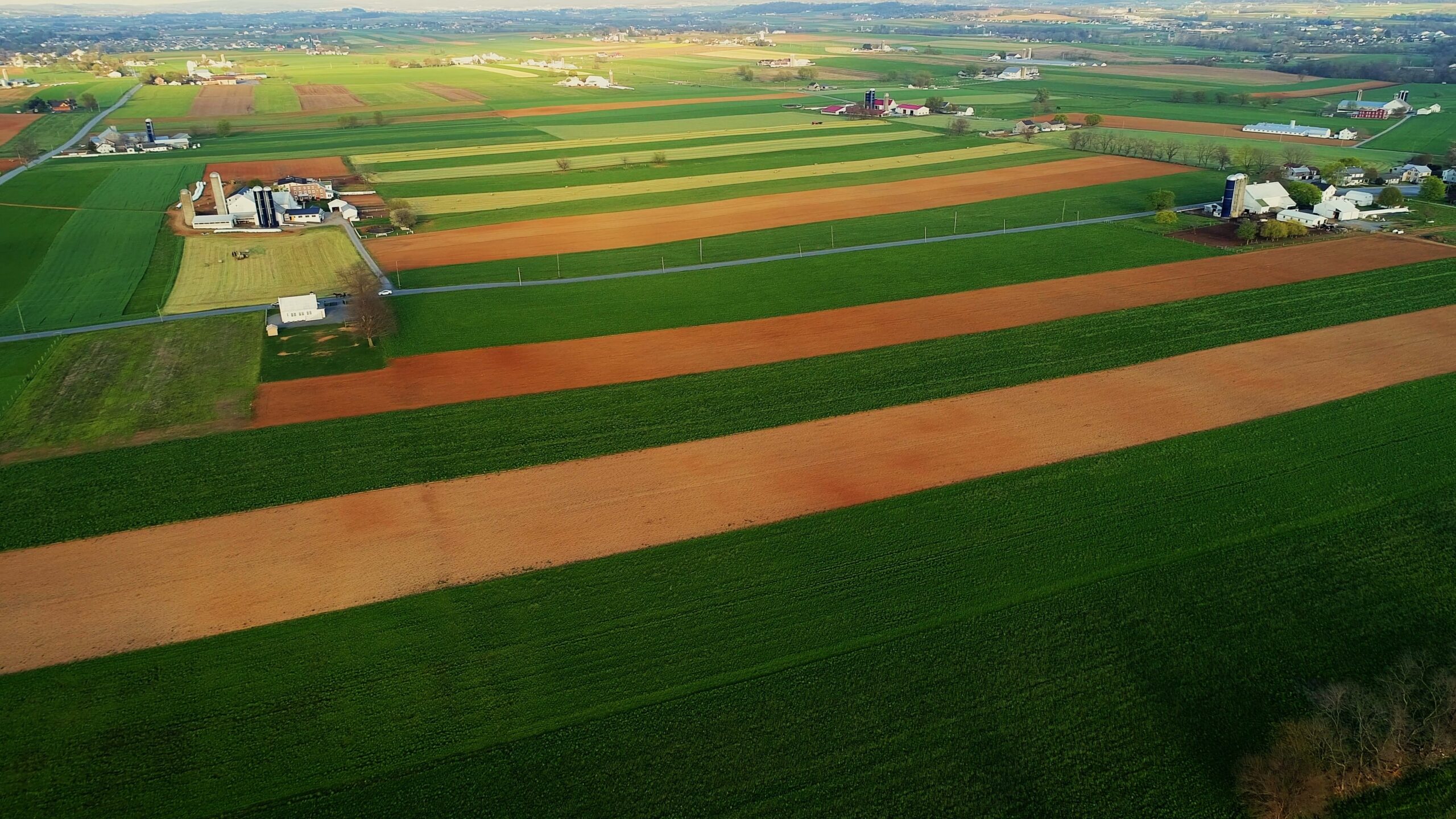Solar development on farms can save farmers and farmland
Thursday, February 20, 2020
Re-posted from an article in PV Magazine by Tim Silvia
At Solar and Storage Northeast in Boston, panelists comprised of solar experts, policy directors and national community solar leaders sat down to discuss what can be done for the symbiotic relationship between community solar projects and agricultural landowners.
The most well-documented advantage to locating solar arrays on farmland is the financial relief the land-lease agreements provide the farmers.
“A lot of times, these leases are saving farms,” said Brad Mitchell, deputy executive director and policy director for the Massachusetts Farm Bureau. This is especially true for growers of the state’s signature crop – cranberries.
While Massachusetts and New York have provided a glimpse of what’s possible for the future of community solar coexisting with farms, the consensus among the industry experts present at Solar & Storage Northeast in Boston is that we’ve just begun to see what’s possible.
Right now, cranberry growers hold a unique position in the energy revolution, one that can be used to highlight the overlooked long-term benefits of community solar. Cranberries, as a crop, are in a position where the production cost of a harvest outweighs the value of the berries harvested. Because of this, it’s advantageous for growers to downscale their bogs and convert the land into a solar farm. Not only do the land leases cover production cost losses, but the land is not lost to future development.
“Solar is the only [type of ] development, where the land used can be re-farmed later,” continued Mitchell, a fact the presenters agreed was the under-appreciated value of solar development. In the the case of a crop like cranberries, once the lease is up, typically 20 to 30 years, farmers have full freedom to go back to growing, if the production cost/benefit has readjusted to a positive position. If not, they can just re-lease the land, solidifying an income source and the financial strength of their farm for years to come.
This also combats one of the most prevalent arguments against development, that no matter what goes in, prime farmland is being lost. Mitchell sees this as a huge opportunity to increase support for community solar, by framing solar development as a form of farmland conservation and, in a larger scale, land conservation, an opinion held in consensus among the group of presenters.
In Massachusetts, land conservation arguments alone won’t make community solar successful.
More than just leases
“What we don’t talk about enough are the other services that these [solar] farms provide,” said Hannah Muller, Director of Public Policy for Clearway Energy Group. Muller went on to highlight the other ecosystem services that community solar farms provide, including grassland habitation, pollinator housing and and water retention. She went on to say that if compensation was available at the state or municipal level for the inclusion of these services within an array, it could spur projects that may otherwise not have been financially optimal.
The presenters came to a consensus on the necessity of fair compensation for generation, determined by industry calculations and available via community solar pilot programs developed at the state level. Another financial easement the group was in agreement upon was the reduction of decommissioning costs, namely decommissioning bonds.
This was among the chief concerns of Dan Spitzer, an attorney with Hodgson Ross who said:
“There’s a lot more pizza parlors that have gone out of business than solar farms, but they don’t need to supply a decommissioning bond.”





